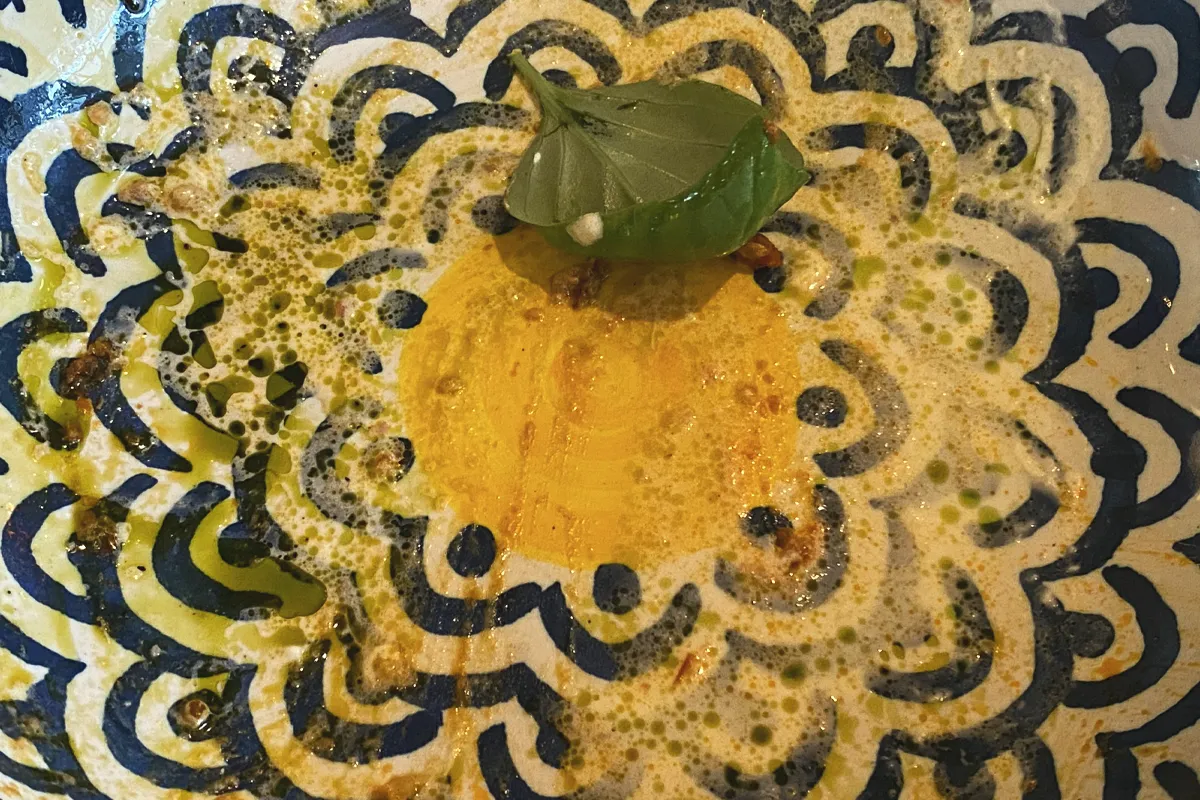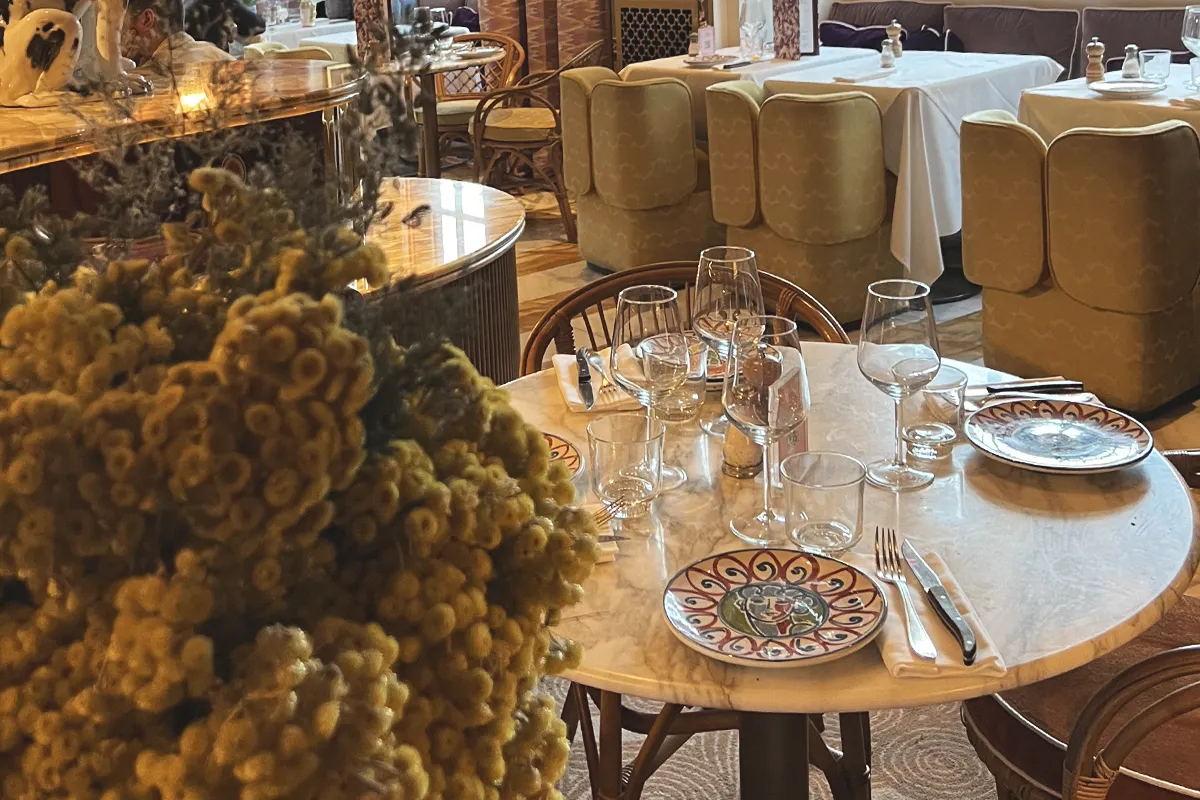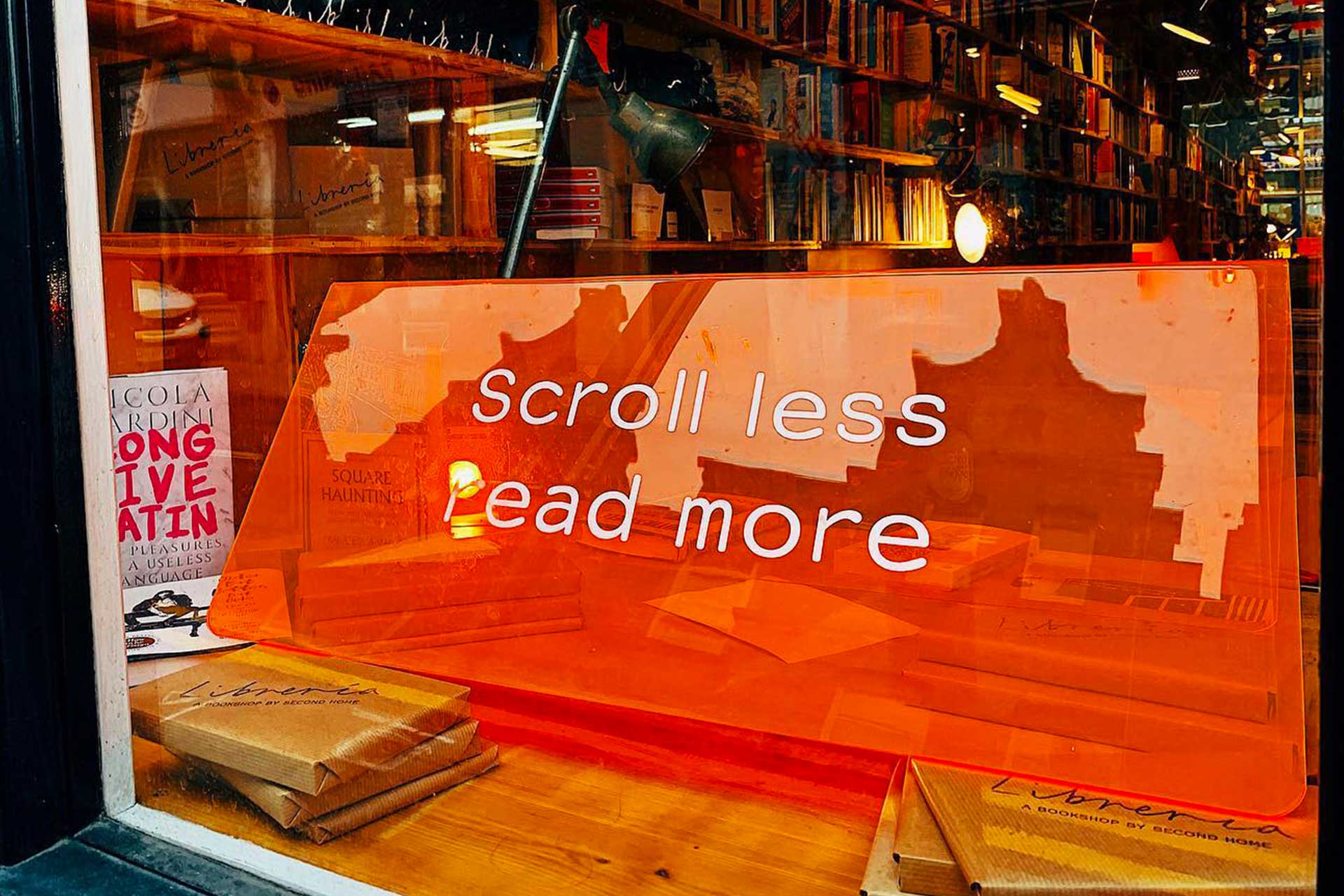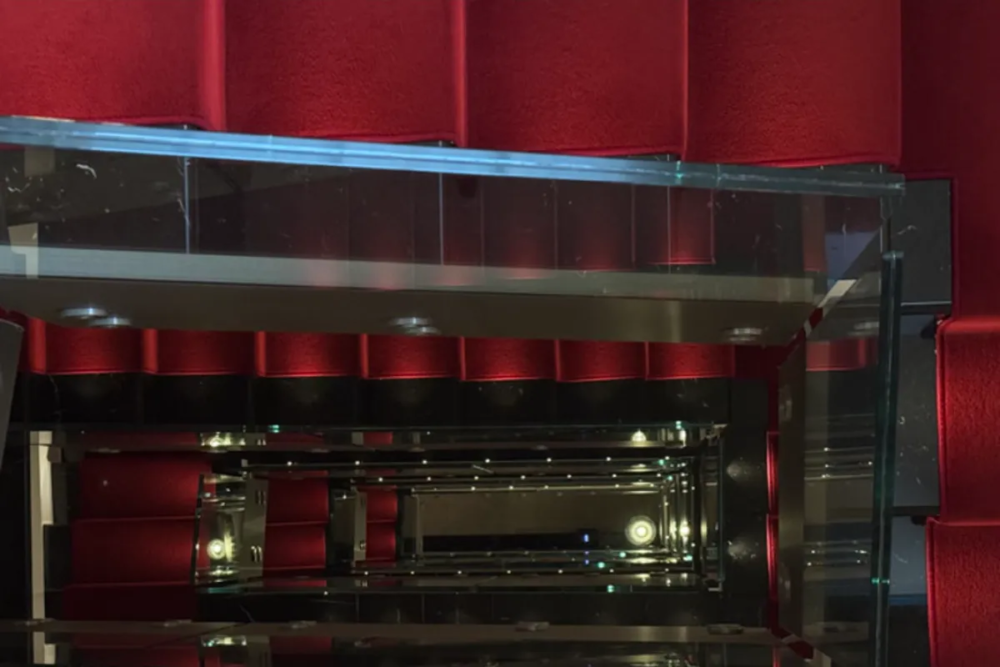
Gloria Intertwines a Dialogue Between Milan and Paris
This design concept integrates traditional Milanese architecture with French bohemian accents, highlighted by floral designs, vintage chandeliers, and dynamic ceramic pieces
Gloria Osteria in Brera: A New Chapter in the Dialogue Between Milan and Paris
Milan continues to grow under the banner of internationalization, exploring gastronomic projects that look well beyond Italy’s borders. In this context, the opening of Gloria Osteria in Brera—part of the Big Mamma Group—represents a narrative milestone bridging Italian tradition and French influences. Brera, with its cobblestone alleys, historical buildings, and references to Liberty-style architecture and Parisian garrets, provides the ideal setting for a concept that borrows the codes of a French bistro while preserving a strong Italian culinary identity. The juxtaposition of classic Milanese elements with details evocative of the “rive gauche” creates a multifaceted backdrop, where culture, art, and gastronomy intersect just steps away from institutions like the Pinacoteca di Brera and the Accademia di Belle Arti.
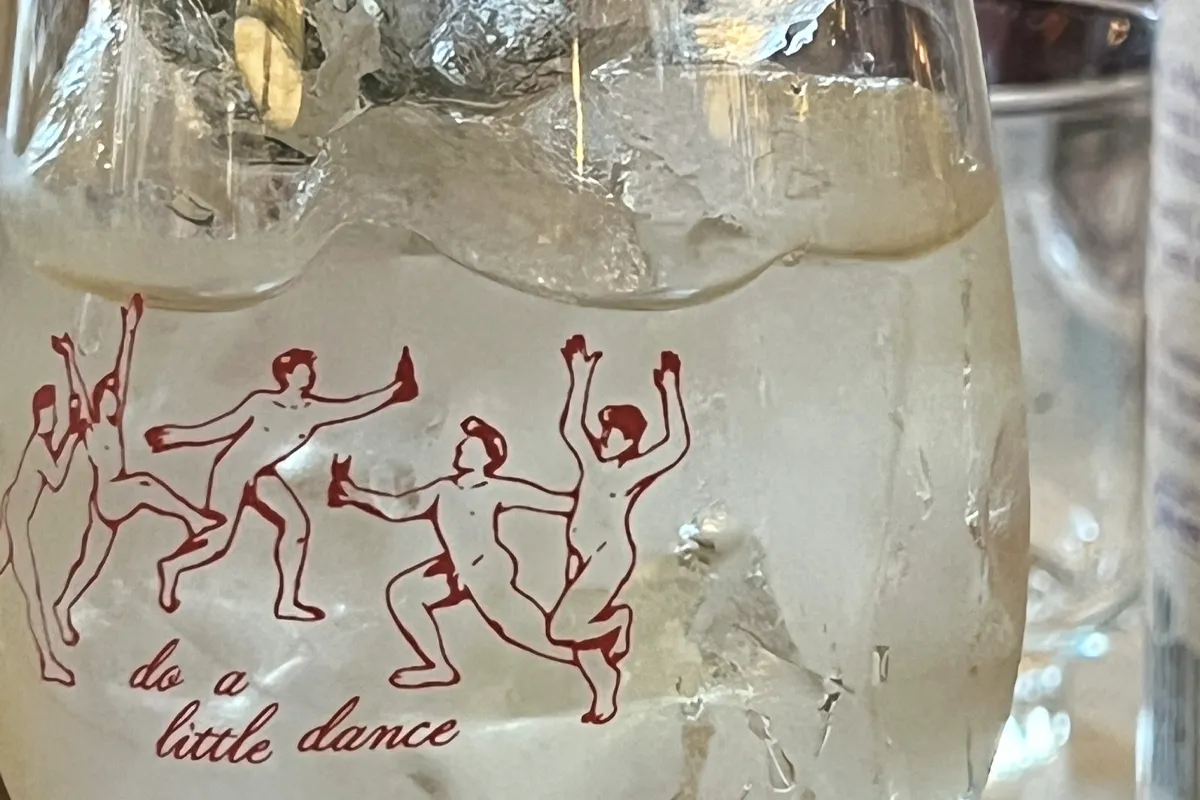
The Origins of the Big Mamma Group: A Franco-Italian Success Story
Gloria Osteria is the product of the Big Mamma Group, founded in France in 2015 by Tigrane Seydoux and Victor Lugger. These two entrepreneurs built a project aiming to share authentic Italian cuisine across Europe, offering an accessible yet meticulously curated formula—both in culinary and aesthetic terms. The core idea is to marry classic Italian flavors with a theatrical narrative, in which each restaurant becomes a world of its own. In Paris, the group’s fame skyrocketed with venues like East Mamma, Ober Mamma, Mamma Primi, and Pink Mamma, all boasting exuberant designs, menus focused on iconic Italian dishes, and an almost obsessive attention to sourcing top-quality ingredients directly from Italy.
As interest grew and this immersive dining model proved successful, Big Mamma expanded to cities such as London and Madrid. Regardless of location, the heart of the project remains the same: to convey the conviviality of an Italian table, sometimes framed in settings inspired by French style. The decision to open in Brera—a district rich in history and symbolically akin to Parisian atmospheres—is anything but casual. The goal is to establish a bridge between two European capitals, Milan and Paris, both renowned for art, fashion, and design.

Brera’s Architecture and Its Parisian Echoes
With its inner courtyards and centuries-old façades, Brera has preserved an antique yet cosmopolitan charm. High cornices, wrought-iron railings, and gently sloping roofs recall certain areas of Paris, where Haussmann’s influence left a permanent mark on the urban fabric. Strolling through Brera’s streets, the eye lingers on architectural features that form a patchwork of styles: bow windows, flower-filled balconies, loggias, and hidden courtyards that occasionally reveal unexpected views of interior gardens or artists’ studios.
The arrival of Gloria Osteria amplifies this international character. Despite its unmistakably Milanese surroundings, the opening of a restaurant with a French heart and an Italian soul adds yet another element to the ongoing dialogue between two culinary cultures that have always intersected—sometimes subtly, but always vibrantly. The Parisian touch goes beyond the menu, extending to the décor, the style of service, and even certain wine choices.
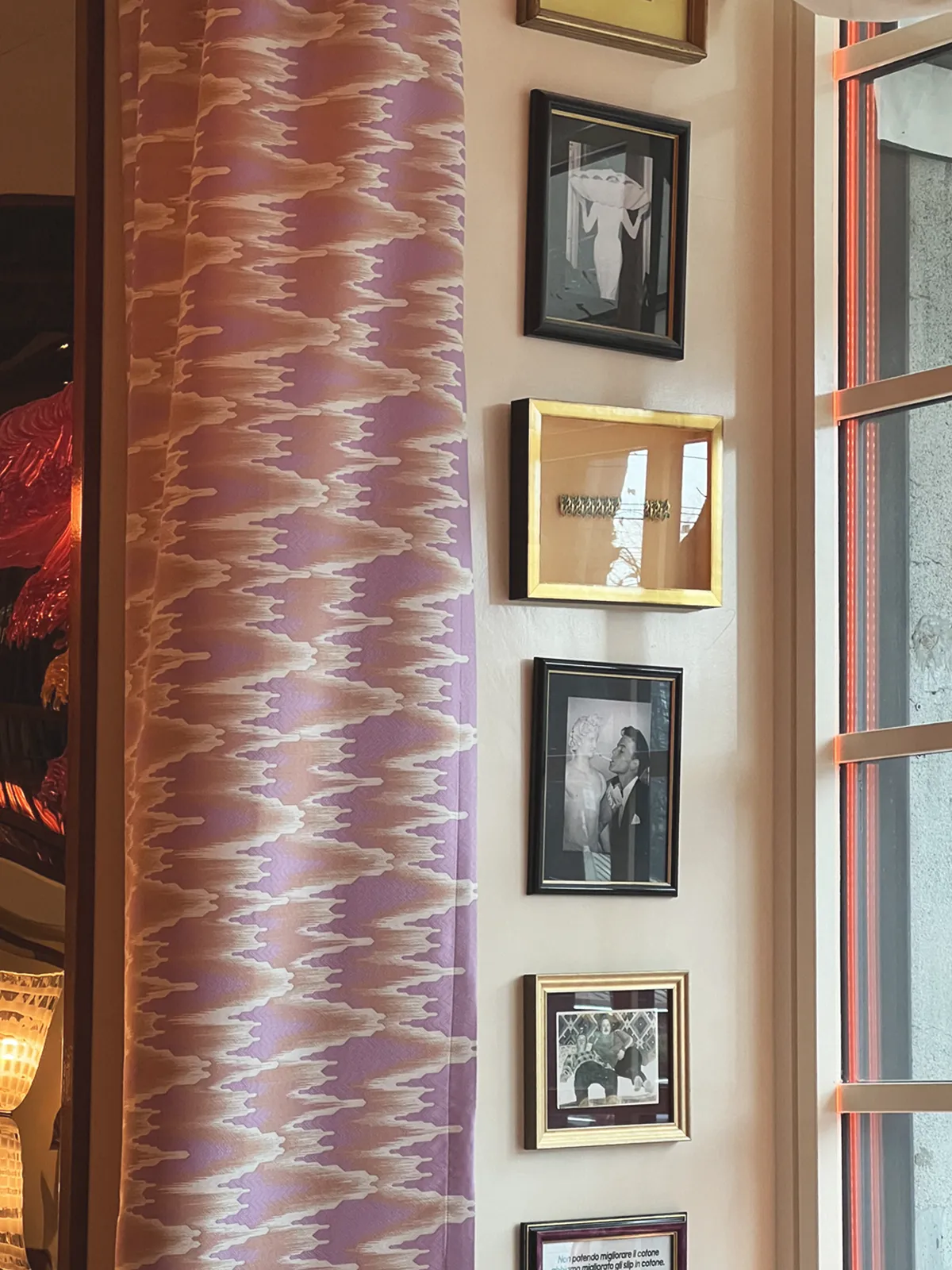
Interior Design Inspired by Florals and Eclecticism
Inside Gloria Osteria, you immediately sense an atmosphere that fuses the tradition of the Italian osteria with a bohemian French aesthetic. Crossing the threshold, guests are greeted by a colorful palette with floral patterns, abstractly painted walls, vintage chandeliers, and furnishings designed to encourage conviviality. Tables of various shapes and sizes invite a dining experience that goes beyond mere tasting, enriched by scenic elements. The use of textiles—from tablecloths to cushions—and the selection of thoughtfully designed tableware create a setting that seems made for storytelling.
Some corners of the venue evoke the spontaneity of an artist’s atelier: wooden shelves lined with Italian wines, spices, decorative jars, and even a few sketches or illustrations. The aim is to evoke a sense of familiarity and wonder, as though you’ve entered a private home where every object has its own tale. The walls don’t shy away from pop references, displaying vibrant colors and artwork inspired by influences ranging from Milanese Liberty to a more eccentric Parisian flair. It’s a balance between visual abundance and practicality: despite the strong decorative imprint, the dining room is well-organized and able to accommodate a significant number of guests.
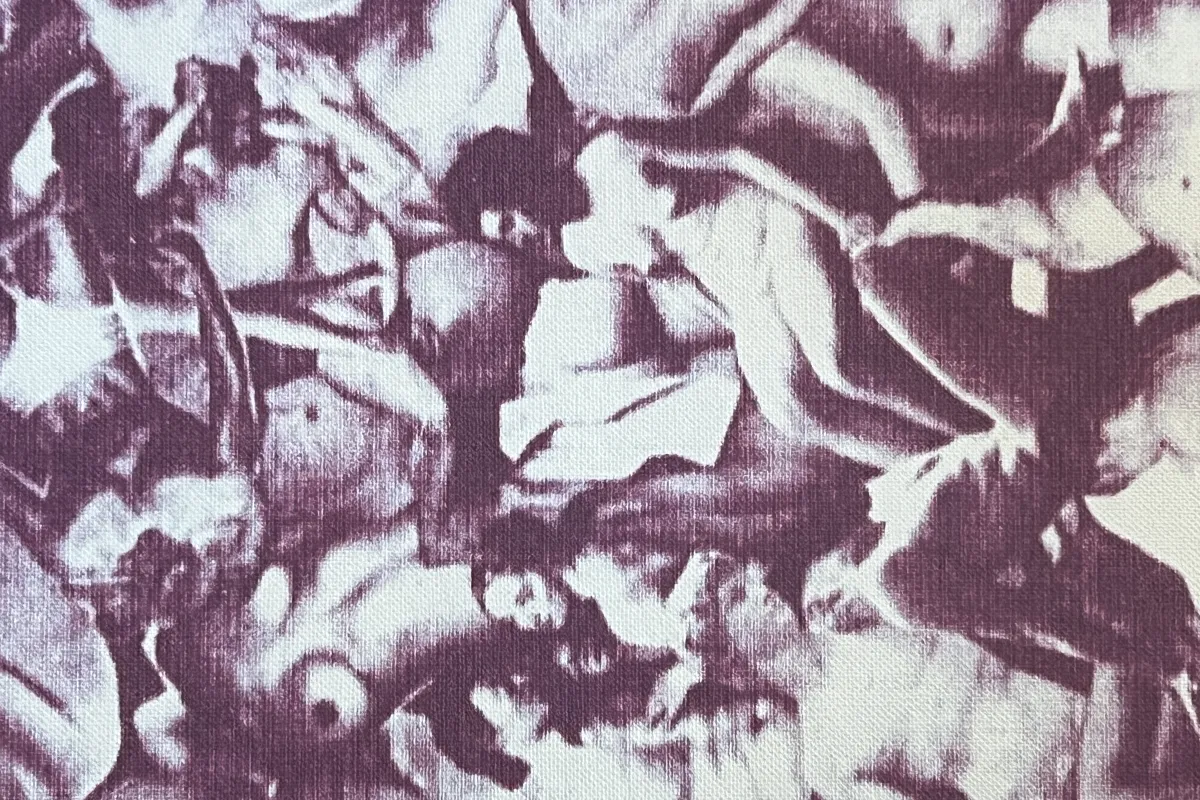
Prime Ingredients and Seasonality as a Culinary Philosophy
Big Mamma has always been committed to showcasing Italian products and their supply chain. At Gloria Osteria, ingredients are chosen with painstaking care. Fresh pasta comes from artisanal producers, and the kitchen maintains a strong bond with seasonality, periodically introducing new menu items that respect agricultural cycles.
Gloria Osteria’s wine selection underscores the restaurant’s dual spirit—Italian and French. The wine list highlights a wide range of Italian regions, focusing on iconic denominations from Piedmont to Tuscany, with stops in Veneto and Sicily along the way. Yet there’s also a nod to France, featuring a few Champagnes and notable reds from Bordeaux or Burgundy. This interplay of discovery is designed for those looking to broaden their understanding of wine as a key component of the overall dining experience.
Pairings between dishes and the perfect bottle are handled by knowledgeable staff, eager to recommend the ideal glass for each flavor profile. This focus on wine aligns with Big Mamma’s broader objective of offering a comprehensive service, where conviviality seamlessly extends to celebratory toasts and the more nuanced pleasures of fine drinking.
The Brera Context: Art and Multicultural Inspiration
Just around the corner from Gloria Osteria lies one of Milan’s most important art circuits. The Pinacoteca di Brera, housing masterpieces by Raphael, Caravaggio, and other Renaissance greats, draws a steady stream of tourists, art aficionados, and students. The Accademia di Belle Arti—mere steps away—further energizes the district with young creatives and experimental projects. Private galleries, theaters, and specialty bookstores complete the map of a neighborhood that thrives on the interplay between tradition and modernity.
With its international flair, Gloria Osteria becomes part of this vibrant cultural tapestry. Brera, already poised for global conversation, finds new culinary inspiration in a concept that goes beyond a classic osteria to embrace theatrical presentations and the signature flair of Big Mamma’s venues. While visitors seek out a glimpse of the famous bohemian side of Milan, locals discover a dining option that merges familiar Italian standards with a playful, dynamic approach—one designed to leave an indelible mark on Milan’s ever-evolving gastronomic landscape.

